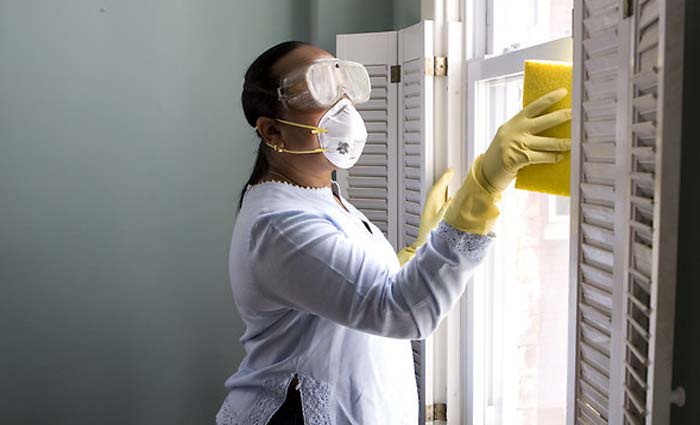Down the drain: we need to rethink how we clean our homes
GUEST OBSERVER
Individually, we use thousands of chemicals in our households and very few of us think about whether they are harming the environment. We often think about buying a “green” detergent to wash our clothes, but the simple act of shampooing and conditioning our hair, even with green products, results in more than 30 chemicals being washed into our sewers.
Despite our best efforts in the supermarket, our waste water treatment systems are well designed for removing most of these chemicals, as the majority are biodegradable. However, a number of household chemicals are difficult to remove and end up being discharged into our coastal environments and waterways.
In the past, dilution was the solution for dealing with these long-lived chemicals that don’t break down. But with rising populations and non-coastal communities, dilution is not the solution of choice.
Regulations on discharge from our waste water systems means that any chemical that is not degraded will be at very low levels but many are residual in sediments and are chronically harmful to our waterways, even at low concentrations.
This includes being toxic to benthic organisms that live in sediments and binding to hormonal receptors in fish. So which chemicals cause problems and which ones are OK?
From shower to sewer
Our everyday lives introduce a wide range of chemicals into our waste water systems. The most common are surfactants and soaps associated with simple cleaning agents and detergents.
Choosing highly biodegradable “green” detergents is a good start in any household since they easily break down in the environment, but this is only the starting point in clearing your environmental conscience.
We also need to consider pharmaceuticals and their metabolites (the breakdown product of these pharmaceuticals), disinfectants, skincare products, deodorants, fragrances, flame retardants, pesticides, insecticides and plasticisers (the chemicals we add to plastics to make them easier to mould). For some of these, there are no “green” choices and use is a medical necessity rather than a social choice.
Detailed analysis of the discharge of waste waters from around Australia, and indeed the world, shows a list of around 70 chemicals that regularly find their way into the environment (recalcitrants).
Some of these are toxic and form a group known as “chemicals of concern”. All waste water is treated before being released into the environment, but advanced treatment is now becoming common to reduce the impact of these chemicals, although this is not available to all communities.
“Source” control, or stopping input into the waste collection system, remains the best option. However, some chemicals have become so ubiquitous to our society that additional waste water treatment may be the only solution.
The problem chemicals
Some problematic chemicals of concern that find their way into our waterways are avoidable or their use can be drastically reduced.
Examples include:
triclosan: a highly effective biocide and antimicrobial now used in a range of mouthwashes, soaps, plastics and hand cleansers. It is debatable as to whether there is a case for its use outside of clinical environments.
DEET: the active ingredient of many personal insect repellents. As with many other skin products, it is washed into the sewer via the shower.
bisphenol A: a common plasticiser that mimics the hormone estrogen. Alternatives are available.
There is a long list of such chemicals and these are just a few examples.
Removing stubborn chemicals
Our research looks at how we can remove these chemicals from water. Wastewater treatment systems rely on the fact that molecules are either biodegradable or are removed in treatment.
If the molecule is not removed by these means, there is a propensity for environmental discharge. Typical addition treatment involves ozone treatment to destroy or fragment the molecule through oxidation and/or use of a physical barrier such as a reverse osmosis filtration membrane.
Using a combination of biodegradation, removal, oxidation and filtration is very effective and has been shown to break the pollution cycle for all but a very small number of molecules.
These molecules that still get through are highly problematic and one questions if such molecules should not be more heavily regulated. Not because they are any more toxic than others, but because they are hard to remove.
Interestingly, these are usually fragrances and biocides that we use everyday and not the detergents and pharmaceuticals you might expect. Moving to advanced water treatment as the norm, rather than the exception looks to be the only way forward if we don’t want to stop using spray disinfectants, insecticides and fragrances.
rofessor, Department of Chemical and Biomolecular Engineering at University of Melbourne and author for The Conversation.
He can be contacted here.
